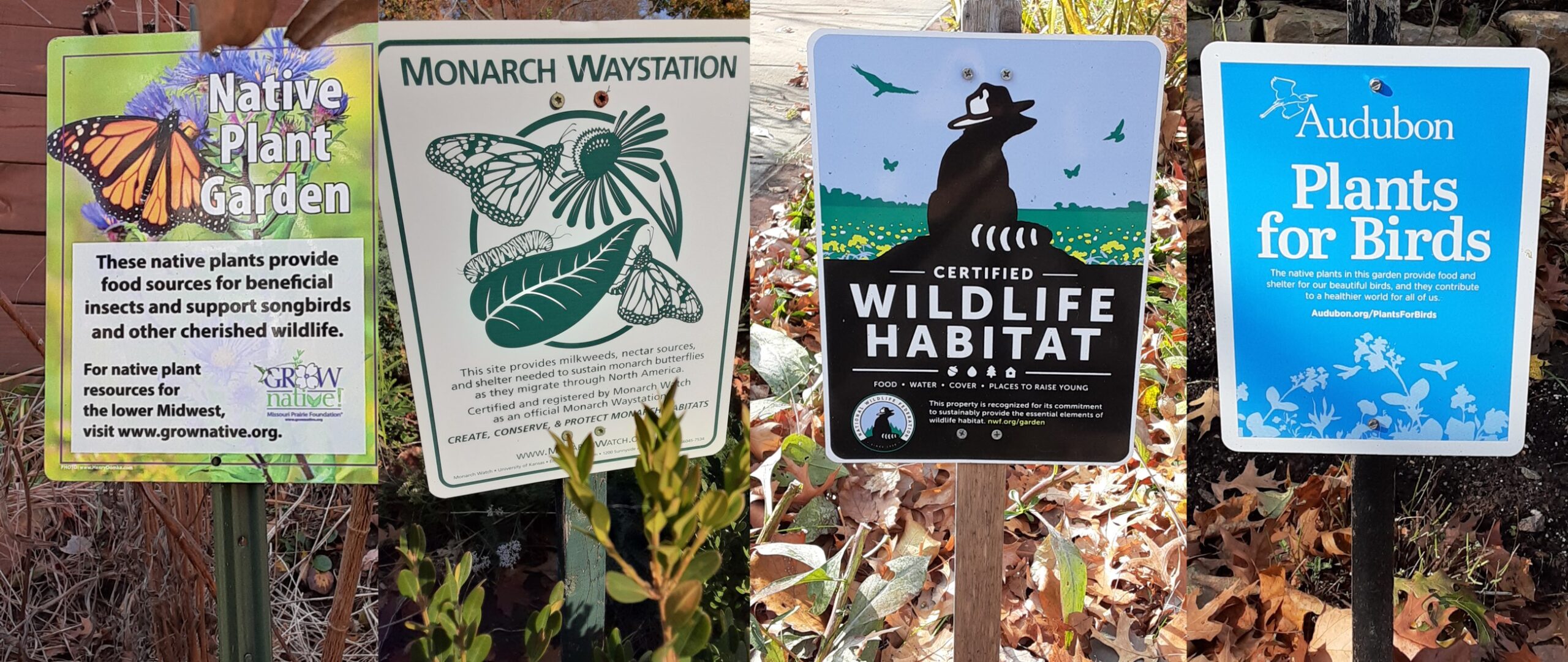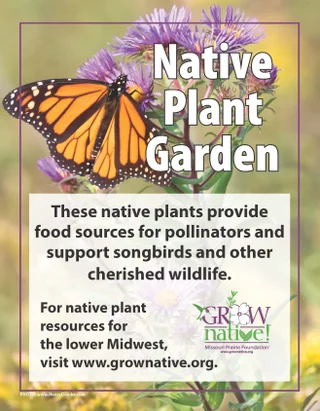Here’s a headline from my internet feed: “How do I tell the new neighbors their lawn maintenance is unsuitable?” My neighbors could be saying this about me—or about the St. Peters, Missouri man fined $400 for violating his town’s turf-to flower-ratio, or about Dennis Moriarty, the Kansas City man cited for violating the weed ordinance. People often perceive native plantings as messy—gardening with weeds, a good friend calls it—but we can’t dismiss this opinion easily. If I put in a native plant garden and everybody hates it, nobody wins—not insects, not birds, not me.
Cues to care help make the unfamiliar familiar
People are more likely to appreciate native plantings if they recognize that they’re intentional. For this reason, experts recommend presenting unfamiliar plantings with familiar elements, called “cues to care.” This term was first coined by landscape ecologist Joan Iverson Nassauer in a 1995 paper, “Messy Ecosystems, Orderly Frames.” Cues to care indicate that someone is taking care of this garden, and include things like well-defined edges, mowed paths, and clipped shrubs. We like things tidy. Neatness and order are a sign of intention. People might not recognize ecological function in a landscape. “Without obvious signs of human intention,” Nassauer says, “people are likely to see native plantings as neglected.”
There are things you can do to make native plantings more tidy looking,” says Alix Daniel, native landscape specialist at the Anita B. Gorman Conservation Discovery Center. “Like keeping nice clean edges.”– KCUR
The nice clean edges recommendation isn’t arbitrary, in other words.
Specific cues to care depend on the region and local custom. For instance, most people expect a landscape to contain trees, but in some places—the arid west, for example—growing them may require tons of supplemental water or other resources, and could contradict an environmental and conservation ethic.
I’ll have more to say about this topic as I plan a new planting in our front yard for next year. In the meantime, one thing consistently mentioned on lists of cues to care is a sign.
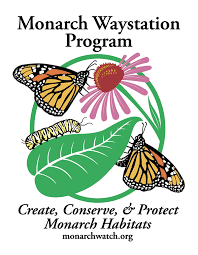
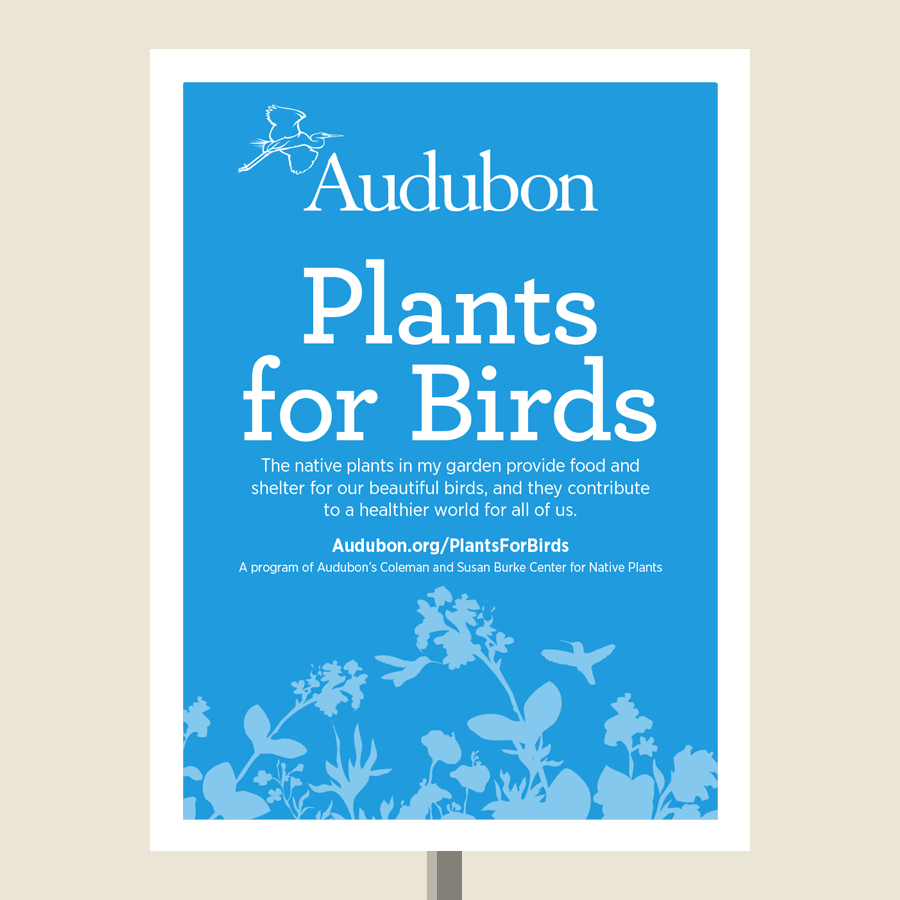
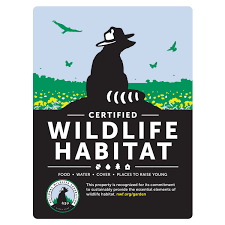
Why are signs important?
I was not convinced that I needed one, but I am changing my opinion.
These signs from my neighbors’ gardens come from different organizations that certify plantings. Each has slightly different criteria for certification, but all require that the garden showcase native plants, be free of invasive species, and not use chemical pesticides and fertilizers. Signs show intention. Like election signs, they convey that the homeowner espouses certain values—and that a larger community does, too. Signs may get people wondering, Why do birds need plants? What kind of wildlife lives in a suburban yard? Why are native plants important?
The small fee charged for certifying a garden provides these organizations valuable support, and the signs help publicize their work. Marketers say people need to see a message seven times before they remember it, and these signs are semi-permanent. They’ll still be here after the election is over and other yard signs have been thrown away. Maybe a Monarch Watch sign will awaken some kid’s interest in butterflies, and learning about caterpillars will motivate him or her to help save them. Maybe folks will decide not to spray for mosquitoes next year, and they’ll wear bug repellent instead!
Which certification is best?
Each of these organizations has a slightly different emphasis, but following any of their guidelines will be enough to put your garden on the Homegrown National Park map, which would be really cool.
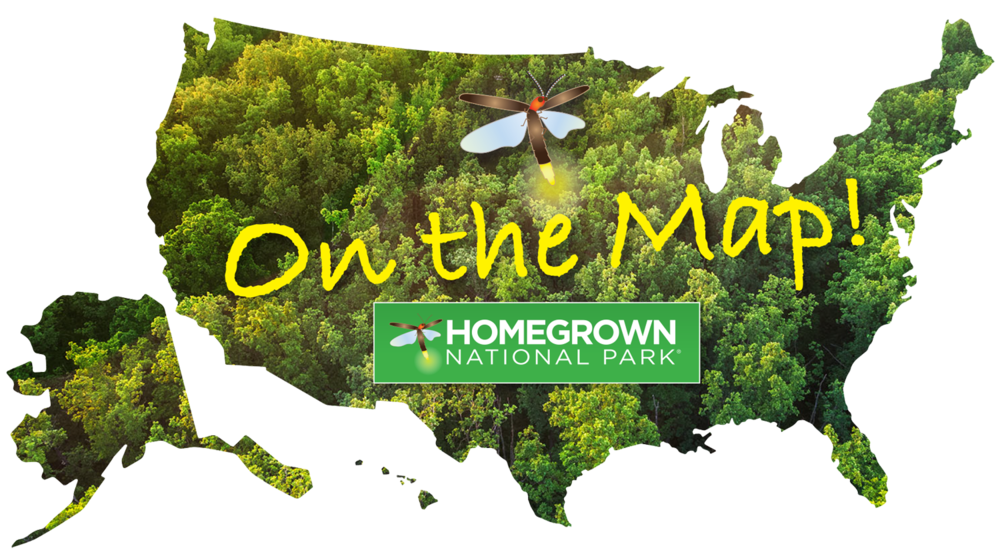
Perhaps you’ve heard about this initiative, co-founded by Doug Tallamy. If you’re not already a fan, you will be after viewing this video presentation, Nature’s Best Hope, about insects. I was surprised to find myself mesmerized—and it lasts an hour and a half!
This is how we were doing in my area as of yesterday.
| County Name: Johnson Land Area: 306,912 Acres Total Planted Area: 6.266 Acres Percent Planted: less than .01% ZIP Code Count: 18 User Count: 37 Plantings Count: 57 | County Name: Jackson Land Area: 394,534 Acres Total Planted Area: 1.457 Acres Percent Planted: less than .01% ZIP Code Count: 21 User Count: 42 Plantings Count: 76 |
If you like interactive maps, and who doesn’t, you’ll love seeing where these pockets of native plants are. The level of detail is amazing. The Homegrown National Park website is getting revamped as I write, but I hope to join the six people in my zip code who are on the map as soon as I can figure out how to do it. It’s easy to see how many are already on it, but not so easy to see how to add myself. I’ll keep on it and let you know.
Thanks for reading!
References
